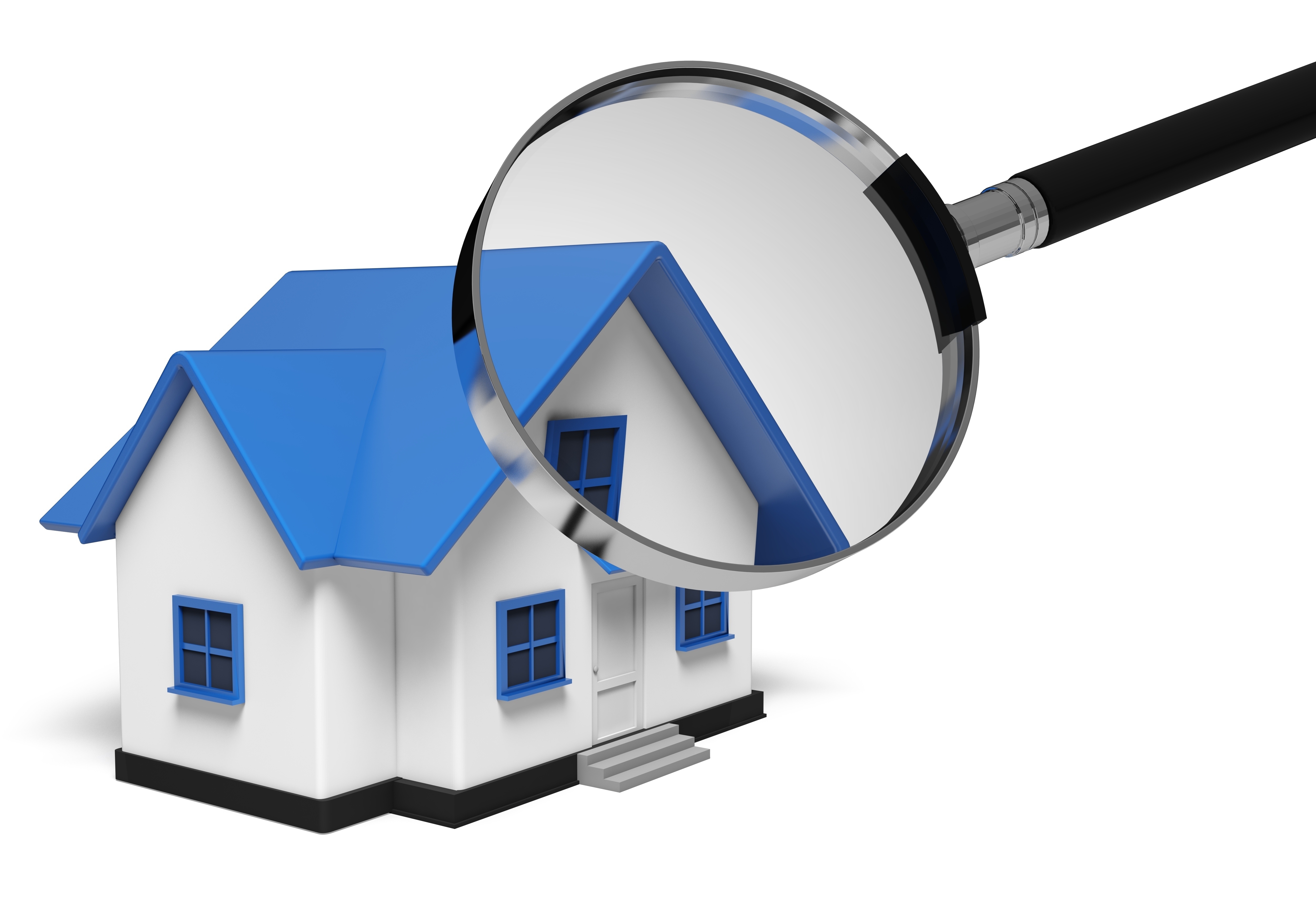
Understanding the Appraisal ProcessBuying a home is the largest financial decision most people might ever make. Whether it's where you raise your family, an additional vacation home or one of many rentals, the purchase of real property is a complex transaction that requires multiple parties to make it all happen. You're likely to be familiar with the parties having a role in the transaction. The real estate agent is the most known person in the transaction. Then, the lender provides the financial capital required to bankroll the deal. The title company ensures that all aspects of the exchange are completed and that the title is clear to pass from the seller to the purchaser. So, what party makes sure the value of the real estate is in line with the amount being paid? This is where you meet the appraiser. We provide an unbiased estimate of what a buyer might expect to pay — or a seller receive — for a property, where both buyer and seller are informed parties. A licensed, certified, professional appraiser from Tam Appraisal Services will ensure, you as an interested party, are informed. Appraisals start with the home inspectionOur first responsibility at Tam Appraisal Services is to inspect the property to ascertain its true status. We must see features hands on, such as the number of bedrooms and bathrooms, the location, amenities, etc., to ensure they truly are present and are in the shape a reasonable person would expect them to be. The inspection often includes a sketch of the property, ensuring the square footage is accurate and illustrating the layout of the property. Most importantly, the appraiser identifies any obvious amenities - or defects - that would affect the value of the property. Back at the office, an appraiser uses two or three approaches to determining the value of the property: paired sales analysis and, in the case of a rental property, an income approach. 
Cost ApproachThis is where we use information on local construction costs, the cost of labor and other elements to derive how much it would cost to build a property similar to the one being appraised. This estimate often sets the maximum on what a property would sell for. The cost approach is also the least used method. 
Analyzing Comparable SalesAppraisers get to know the communities in which they appraise. They innately understand the value of particular features to the homeowners of that area. Then, the appraiser looks up recent transactions in close proximity to the subject and finds properties which are 'comparable' to the subject at hand. Using knowledge of the value of certain items such as square footage, extra bathrooms, hardwood floors, fireplaces or view lots (just to name a few), we add or subtract from each comparable's sales price so that they more accurately portray the features of subject.
An opinion of what the subject might sell for can only be determined once all differences between the comps and the subject have been evaluated. When it comes to knowing the true value of features of homes in Walnut Creek and Contra Costa, Tam Appraisal Services can't be beat. The sales comparison approach to value is commonly awarded the most consideration when an appraisal is for a real estate exchange. Valuation Using the Income ApproachA third method of valuing approach to value is sometimes applied when a neighborhood has a measurable number of rental properties. In this situation, the amount of revenue the real estate yields is taken into consideration along with other rents in the area for comparable properties to give an indicator of the current value. ReconciliationCombining information from all applicable approaches, the appraiser is then ready to document an estimated market value for the property in question. Note: While this amount is probably the best indication of what a house is worth, it may not be the price at which the property closes. There are always mitigating factors such as seller motivation, urgency or 'bidding wars' that may adjust an offer or listing price up or down. But the appraised value is often used as a guideline for lenders who don't want to loan a buyer more money than they could get back in the event they had to sell the property again. Here's what it all boils down to, an appraiser from Tam Appraisal Services will help you discover the most fair and balanced property value, so you can make the most informed real estate decisions. |